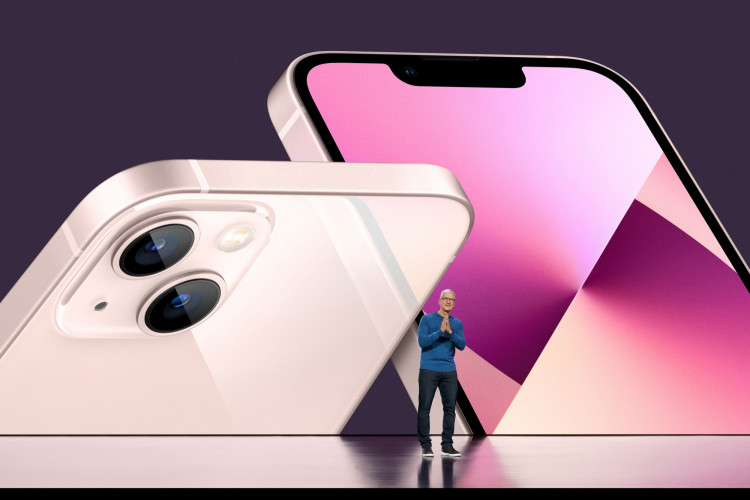Apple has announced that it will no longer make it difficult for anyone who wants to retain Face ID after replacing a broken iPhone 13 screen with a third-party display.
Face ID authentication will be disabled if you replace the screen in an iPhone 13, Pro or non-Pro, with a third-party replacement, as iFixit pointed out at the end of September.
"Any display replacement knocks out Face ID," iFixit noted in its teardown of the latest iPhone. "It looks like the display is serial-locked to the phone. Unless Apple revises this behavior in software, screen replacements outside Apple's authorized repair lose all Face ID functionality."
Given the backlash from repair providers who were disappointed with the restriction, Apple has decided to amend its policy. According to The Verge, Apple intends to release a software upgrade that will allow for normal display repairs that do not disable Face ID.
Apple included a small microcontroller in the iPhone 13 models that connects the iPhone 13 to its display. When repairing a display, this microcontroller must be linked with the replacement display using Apple's tools, which independent repair businesses do not have.
Swapping an iPhone 13 display with a new display without this pairing process results in an error message that says "Unable to activate Face ID on this iPhone."
The existing transfer technique appears to be fairly difficult, requiring time, specialized equipment, and microsoldering skills. The process is likely prohibitively tough for many independent repair shops that rely on screen repairs as a major source of revenue, and it could be detrimental to their business.
Apple plans to release a software update that will remove the requirement that the microcontroller be moved to a new display when a screen is repaired, allowing independent shops to replace screens without affecting Face ID functionality.
There's no news on when Apple will release the software update that will make iPhone display repairs easier for independent repair shops. However, iOS 15.2 is currently in beta testing, and the feature could be included in that release.
Apple is expected to announce when the software rollout will start for iPhone 13 and its Pro models.





